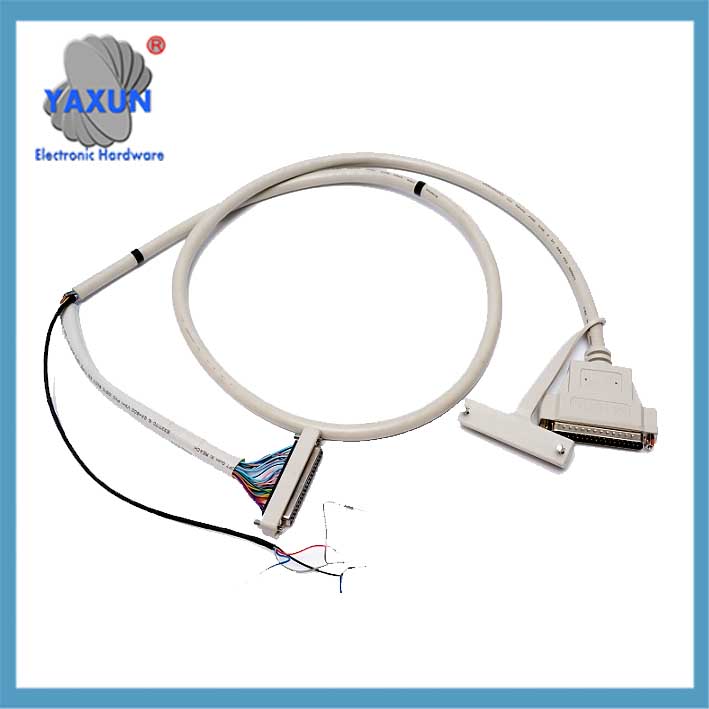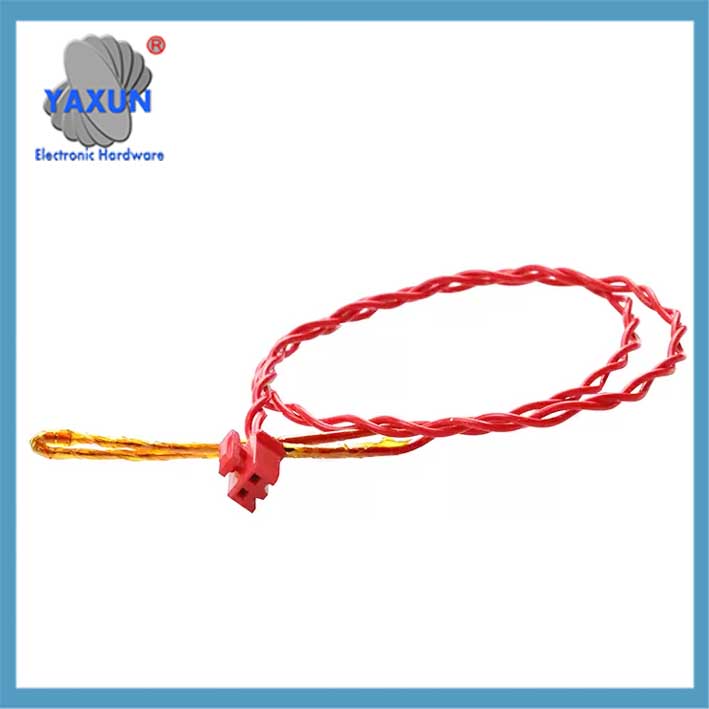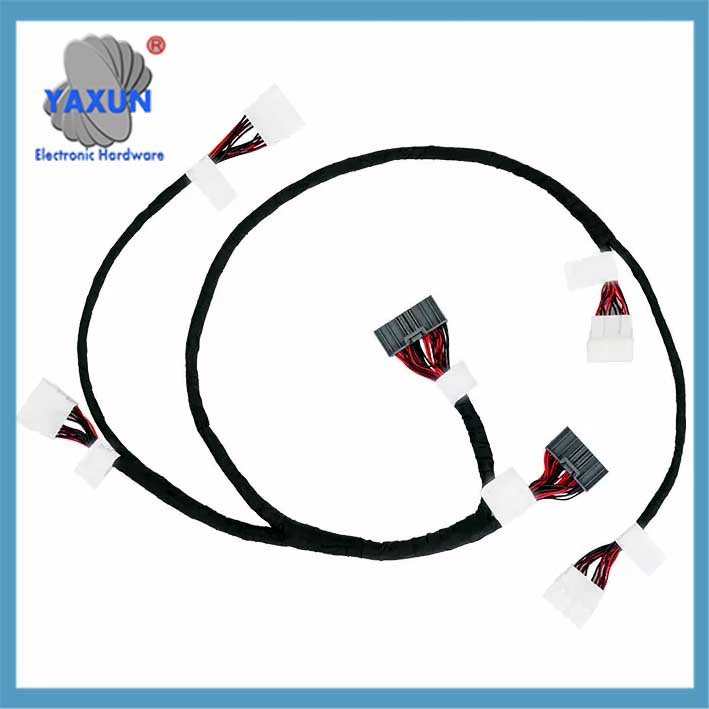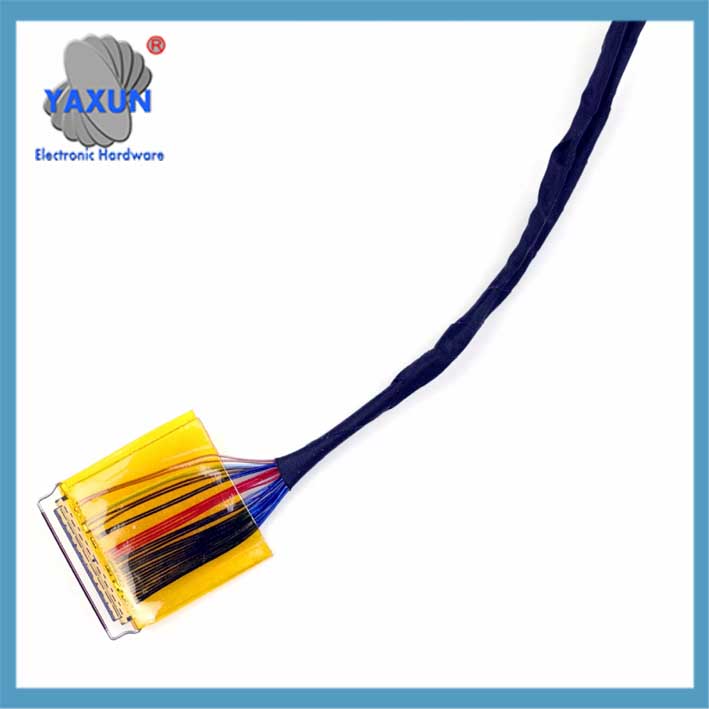catégories de produits
- Câbles USB4 11
- Câbles à broches POGO 10
- Câbles étanches 28
- Câbles de type C et adaptateur 40
- Câbles USB5 9
- Câbles de verrouillage à vis USB 26
- Connecteurs et câbles 18
- Faisceau de câbles personnalisé 33
- Moyeux 47
- Fournisseurs de commutateurs électroniques 5
- Câbles coudés USB 27
- Antenne terminale 9
- Câbles médicaux 37
Mots clés du produit
Messages récents
Production fonctionnelle des faisceaux de câbles pour les dispositifs médicaux
La production fonctionnelle des faisceaux de câbles pour les dispositifs médicaux implique un, Processus contrôlé par la qualité qui mélange l'automatisation et l'assemblage manuel. Il comprend la coupe, décapage, raccourcissement, et terminer les fils, suivi par le routage, regroupement, et tester les fonctionnalités électriques et la durabilité, avec une attention particulière aux conceptions prêtes pour la stérilisation et aux matériaux biocompatibles.
As the core connection component of medical devices, the design and application of medical equipment harnesses cover the following key areas:
je. Definition and Function
Definition: Medical equipment harnesses are integrated electrical connection systems consisting of wires, couches d'isolation, connectors and protective covers. They are mainly used for power, signal and data transmission inside the equipment.
Core Function: Including signal transmission, power supply and equipment safety assurance to ensure the efficient and coordinated operation of medical instruments.
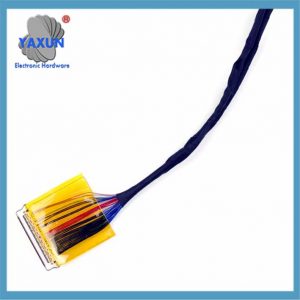 Custom medical device electrical wiring harnesses, assemblages de câbles |
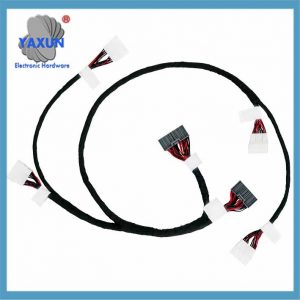 Medical Device Cables – ISO 13485 and ISO 9001 Certified Manufacturer |
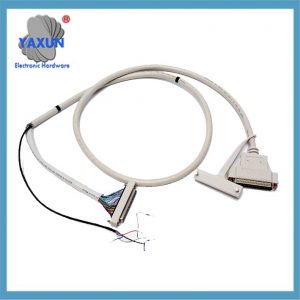 CT MECIDAL ÉQUIPEMENT Câblage-DB25P-DP37PIN Multi-Pin Terminal Assembly |
Design and Prototyping: The process begins with a team of engineers designing the harness to meet specific medical device requirements. This includes creating a design prototype that is then tested for quality and durability.
Cutting and Stripping: Wires are cut to precise lengths and the insulation is stripped using automated machinery, ensuring accurate wire dimensions.
Crimping or Soldering: Terminals are crimped or soldered to the exposed wire ends for reliable electrical connections.
Assembly and Routing: Wires are routed through sleeves, secured with ties, and connected to terminals according to the design. The harness is then bundled and may be protected with sleeves or heat-shrink tubing.
Testing and Inspection: Thorough electrical testing is conducted to verify continuity, résistance à l'isolation, and overall functionality. Physical inspection for proper routing and damage is also performed.
Quality Control and Certification: Rigorous quality control protocols are followed to ensure adherence to medical industry standards like ISO 13485. Biocompatibility of materials is also a critical consideration, especially for sterilization-ready designs.
Customization and Packaging: Harnesses are often customized for specific medical applications and packaged for easy integration into devices or hospital systems.
Ii. Application Areas
Diagnostic Equipment
Electrocardiographs (ECGs) transmit electrode signals through harnesses;
Ultrasonic scanners rely on harnesses to achieve image transmission between probes and hosts.
Therapeutic Equipment
Hemodialysis machines monitor vital sign parameters through harnesses;
Laser surgical equipment uses harnesses to precisely control energy output.
Monitoring and Portable Equipment
Critical care monitors transmit patient vital sign data in real time;
Wearable devices use lightweight harnesses to support chronic disease monitoring.
III. Materials and technical requirements
Material selection: High temperature resistant and corrosion resistant materials (such as fluoroplastics) are preferred, and some manufacturers introduce environmentally friendly and degradable materials;
Design standards: Electrical performance (such as conductive stability), mechanical strength (bending resistance) and medical-grade safety certification (comme l'ISO 13485) must be met;
Manufacturing process: It involves steps such as wire twisting, insulation injection molding, precision welding, and some scenarios require customized processing (such as endoscope harnesses).
Iv. Composition structure
| Components | Fonction | Material examples |
| Wires | Transmit current/signal | Tinned copper wire, fluoroplastic wire |
| Insulation | Prevent short circuit/leakage | PVC, PE, fluoroplastic |
| Connecteurs | Achieve modular docking | GH1.5 series, M12 plug |
| Protective sleeves | Anti-interference and mechanical protection | Metal shielding layer, medical corrugated tube |
V. Typical manufacturers
Kanghong Medical: Focuses on surgical instrument cables (high-frequency electrosurgical cable, blood oxygen cable, etc.), and has passed ISO 13485 certification;
Yongrui Electronics: Provides customized services for complete sets of wire harnesses and connectors for medical equipment;
Shengpai Cable: Supply ROHS-certified medical-grade fluoroplastic harnesses.
VI. Précautions
Avoid replacing special models with ordinary harnesses to prevent equipment compatibility issues;
Regular maintenance inspections, especially connector wear in high-frequency use scenarios;
Supplier qualifications and product certification documents must be verified when purchasing.
Key Considerations for Medical Wiring Harnesses:
Fiabilité et durabilité:
Medical devices operate in demanding environments, requiring harnesses to be durable and withstand repeated use and sterilization.
Biocompatibility:
Materials used in medical harnesses must be biocompatible to avoid any adverse reactions or contamination.
Sterilization Compatibility:
Harnesses must be designed to withstand various sterilization methods, such as autoclaving, chemical cleaning, and UV exposure.
Regulatory Compliance:
Manufacturers must adhere to relevant regulations and standards, including ISO 13485.
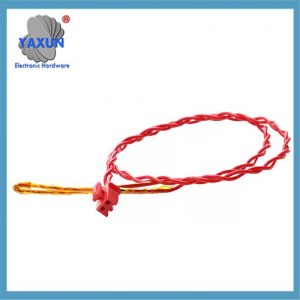
Fabricants de câbles d'imagerie d'équipement médical
Contactez-nous
En attente de votre email, nous vous répondrons dans les 12 heures avec des informations précieuses dont vous aviez besoin.
 English
English العربية
العربية bosanski jezik
bosanski jezik Български
Български Català
Català 粤语
粤语 中文(漢字)
中文(漢字) Hrvatski
Hrvatski Čeština
Čeština Dansk
Dansk Nederlands
Nederlands Eesti keel
Eesti keel Suomi
Suomi Français
Français Deutsch
Deutsch Ελληνικά
Ελληνικά עברית
עברית Magyar
Magyar Italiano
Italiano 日本語
日本語 한국어
한국어 Latviešu valoda
Latviešu valoda Bahasa Melayu
Bahasa Melayu Norsk
Norsk پارسی
پارسی Polski
Polski Português
Português Română
Română Русский
Русский Cрпски језик
Cрпски језик Slovenčina
Slovenčina Slovenščina
Slovenščina Español
Español Svenska
Svenska தமிழ்
தமிழ் ภาษาไทย
ภาษาไทย Tiếng Việt
Tiếng Việt
